Mar 5th 2020
All About Greeting Cards - Infographic
When conducting an informal survey about greeting cards online nearly a month ago, one question that repeatedly came up was, “Are cards still a thing?” People were surprised to hear they were, even when considering custom greeting cards.
 Americans buy over 6 billion cards a year, retail bringing in between 7-8 billion dollars. As you would expect, Christmas cards are the most popular seasonal cards, at over 1.5 billion cards bought, with Valentine’s cards following a distant second at a little less than 150 million. Mother’s Day is close to Valentine’s with 130 million sold. Then comes Father’s Day, Graduation, Easter, with Halloween selling more than Thanksgiving! Finally, at 7 million sold is St Patrick’s Day.
Americans buy over 6 billion cards a year, retail bringing in between 7-8 billion dollars. As you would expect, Christmas cards are the most popular seasonal cards, at over 1.5 billion cards bought, with Valentine’s cards following a distant second at a little less than 150 million. Mother’s Day is close to Valentine’s with 130 million sold. Then comes Father’s Day, Graduation, Easter, with Halloween selling more than Thanksgiving! Finally, at 7 million sold is St Patrick’s Day.
For non-calendar occasion cards once again as you would expect Birthday cards are tops with Sympathy, Thank You (including business Thank You cards), Wedding cards all the way down to Congratulations. The Birthday point is noteworthy because one would think Facebook would dilute Birthday card giving. It apparently doesn't. It isn’t much of a surprise to learn younger online involved people make up the most buying cards on the internet.
With modern technology custom greeting cards are more affordable than ever and as a result are steadily growing in numbers sold.
While the majority of cards are between 2-4 dollars, the price range is 50 cents to $10. Fancy design cards, special tech cards with lights or sound, and handcrafted cards are responsible for that upper end. Cards for Causes custom greeting cards, including custom Christmas cards, fall within the lower range naturally. Women account for 80% of card purchases, taking longer than men to select cards and being more likely to buy more than one at a time.
Most importantly 70% of card purchasers feel cards are “essential” and 80% of those expect to keep buying cards well into the future. And while some say they will decrease purchases in the coming years, twice as many say they will increase. Cards aren’t going anywhere it seems. The tangible connection of a real hold-in-your-hand card will keep the greeting card going strong.



 Business
Business
 Personalized
Personalized
 Holiday
Holiday
 Customer
Customer
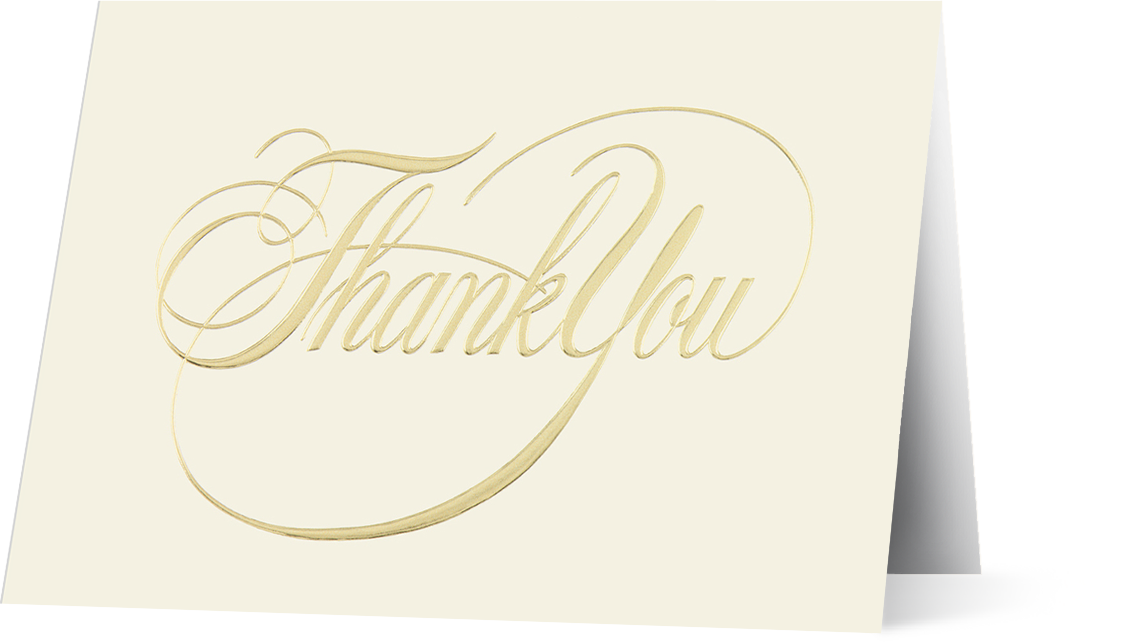 Bulk
Bulk
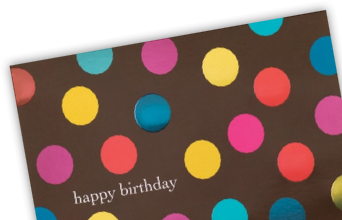 Birthday
Birthday
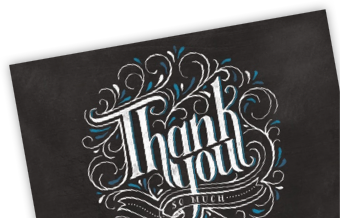 Thank You
Thank You
 Anniversary
Anniversary
 Sympathy
Sympathy
 Retirement
Retirement
 Christmas
Christmas
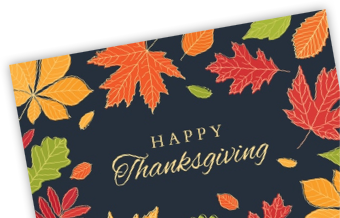 Thanksgiving
Thanksgiving
 New Year
New Year
 Hanukkah
Hanukkah
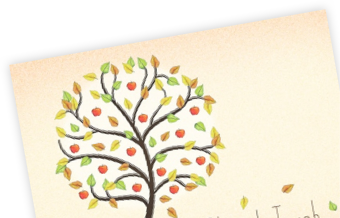 Rosh Hashanah
Rosh Hashanah
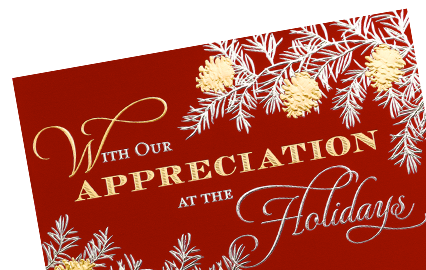 Appreciation
Appreciation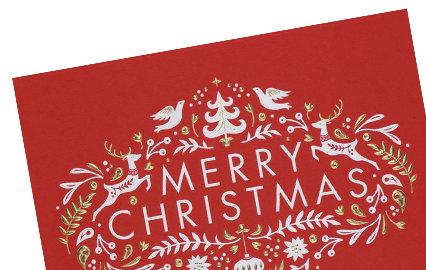 Merry Christmas
Merry Christmas Happy Holidays
Happy Holidays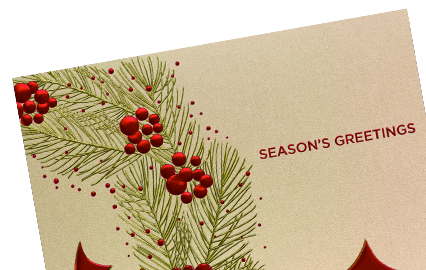 Seasons Greetings
Seasons Greetings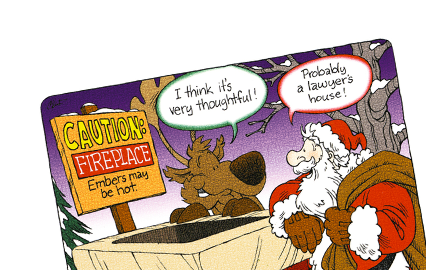 Funny Cards
Funny Cards Religious
Religious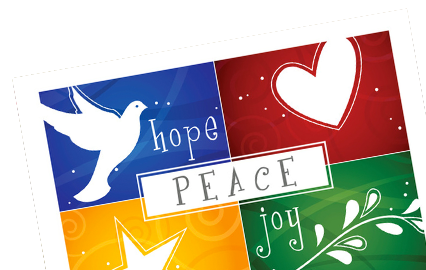 Peace
Peace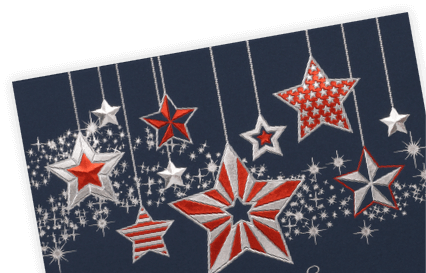 Patriotic
Patriotic Accounting
Accounting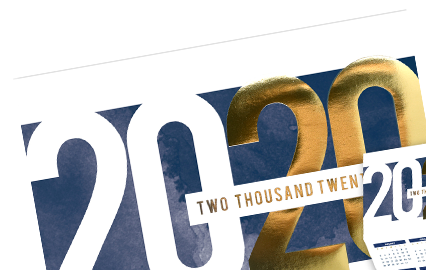 Finance
Finance Photo Cards
Photo Cards Foil Cards
Foil Cards Laser Cut Cards
Laser Cut Cards Die Cut Cards
Die Cut Cards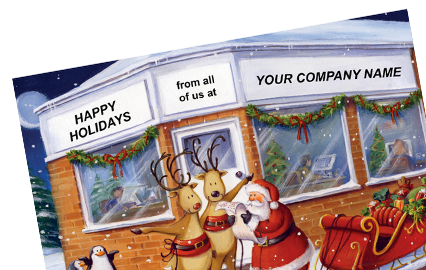 Front Imprint
Front Imprint Recycled Cards
Recycled Cards New York
New York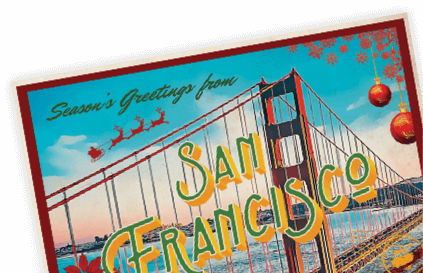 San Francisco
San Francisco Chicago
Chicago Los Angeles
Los Angeles Houston
Houston By Animal
By Animal Christmas Tree
Christmas Tree Western/Southwestern
Western/Southwestern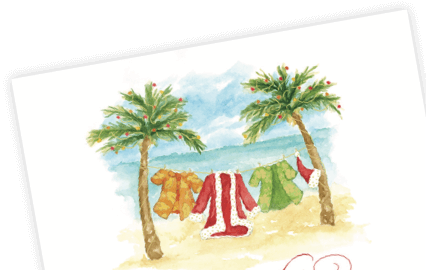 Tropical/Beach
Tropical/Beach Winter Scenes
Winter Scenes Budget Cards
Budget Cards Legal
Legal Construction
Construction Real Estate
Real Estate Trucking
Trucking Accounting
Accounting Holiday Phrases
Holiday Phrases








 Fully Custom
Fully Custom  Friendly
Friendly A portion of every card purchased is donated to charity.
A portion of every card purchased is donated to charity.
 Proudly Made
Proudly Made